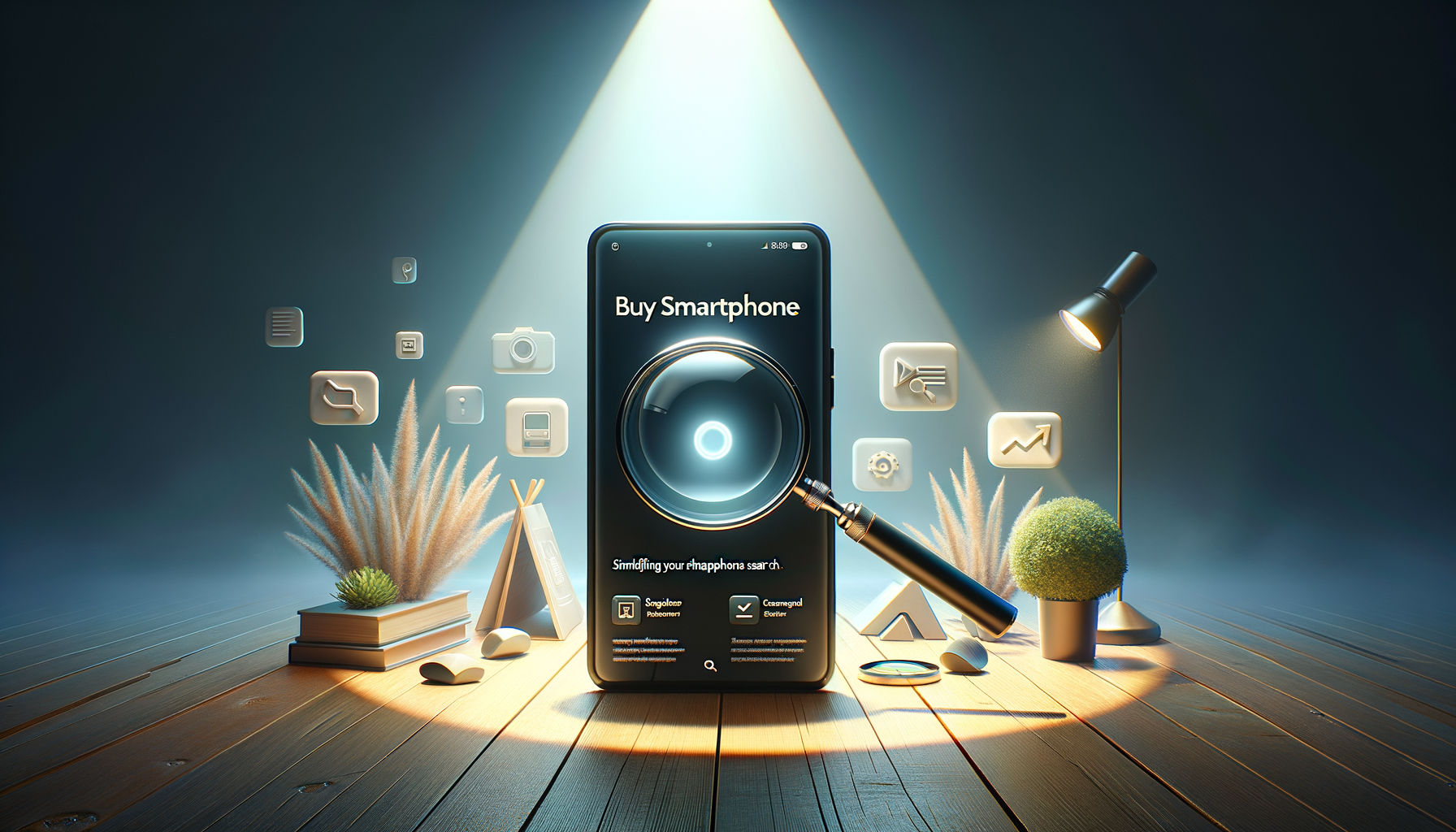Understanding Your Needs
Before diving into the vast sea of smartphone options, it’s crucial to understand what you need from a device. Are you a photography enthusiast, a business professional, or perhaps a gamer? Each category of user will have different requirements. For instance, photographers might prioritize camera quality and storage capacity, while gamers might look for high processing power and a robust graphics card. Business professionals, on the other hand, may need features like email integration, document editing capabilities, and a long-lasting battery.
Consider your daily activities and how a smartphone can enhance them. Make a list of must-have features, such as:
- Camera quality
- Battery life
- Screen size
- Operating system preferences
- Storage capacity
By identifying your priorities, you can narrow down the options and focus on devices that align with your lifestyle. This approach saves time and ensures satisfaction with your purchase.
Operating Systems: iOS vs. Android
The choice between iOS and Android is one of the most significant decisions when buying a smartphone. Each operating system has its unique advantages and disadvantages, catering to different user preferences.
iOS, known for its user-friendly interface and seamless integration with other devices, is often favored by those who value simplicity and consistency. The App Store offers a wide range of applications, and Apple’s commitment to privacy and security is a strong selling point. However, iOS devices can be more expensive, and customization options are limited compared to Android.
Android, on the other hand, offers a more flexible and customizable experience. With a variety of manufacturers, Android phones come in different shapes, sizes, and price ranges. The Google Play Store provides a diverse selection of apps, and users can personalize their devices extensively. However, the diversity in hardware can lead to inconsistencies in user experience, and security updates can be less frequent.
Ultimately, the decision between iOS and Android should be based on personal preferences, budget, and the ecosystem you prefer.
Evaluating Specifications and Features
The technical specifications of a smartphone can be overwhelming, but understanding them is key to making an informed decision. Here are some critical aspects to consider:
Processor: The processor, or CPU, determines how fast and efficiently your smartphone runs. High-end smartphones often feature powerful processors that handle multitasking and demanding applications with ease.
RAM: More RAM allows for smoother multitasking and faster performance. For general use, 4GB to 6GB of RAM is sufficient, while power users might prefer 8GB or more.
Storage: Consider how much storage you need for apps, photos, and videos. Many smartphones offer expandable storage through microSD cards, providing flexibility.
Battery Life: A long-lasting battery is essential for users who are always on the go. Look for devices with at least 3000mAh capacity and quick charging capabilities.
By focusing on these specifications, you can ensure that your smartphone meets your performance needs.
Price and Value
Smartphones come in a wide range of prices, from budget-friendly options to premium devices. Determining your budget is an essential step in the buying process. However, it’s not just about the initial cost; consider the overall value the phone offers.
Budget smartphones often provide excellent value for money, offering essential features at a lower price. They are ideal for users with basic needs or those who prefer to upgrade frequently. Mid-range smartphones strike a balance between cost and features, offering good performance and quality without breaking the bank.
Premium smartphones come with the latest technology, high-quality materials, and advanced features. They are perfect for tech enthusiasts who want the latest innovations. However, the higher price tag means it’s crucial to ensure these features align with your needs.
When evaluating price and value, consider the long-term benefits and how the smartphone will serve you over time. Investing in a device that meets your needs can be more cost-effective in the long run.
Conclusion: Making the Right Choice
Choosing a smartphone is a significant decision that requires careful consideration of your needs, preferences, and budget. By understanding what you want from a device and evaluating the available options, you can find a smartphone that enhances your daily life and meets your expectations.
Remember to balance technical specifications with practical requirements, and don’t be swayed by the latest trends if they don’t align with your needs. With the right approach, you can simplify your smartphone search and find a device that offers exceptional value and performance.




Leave a Reply